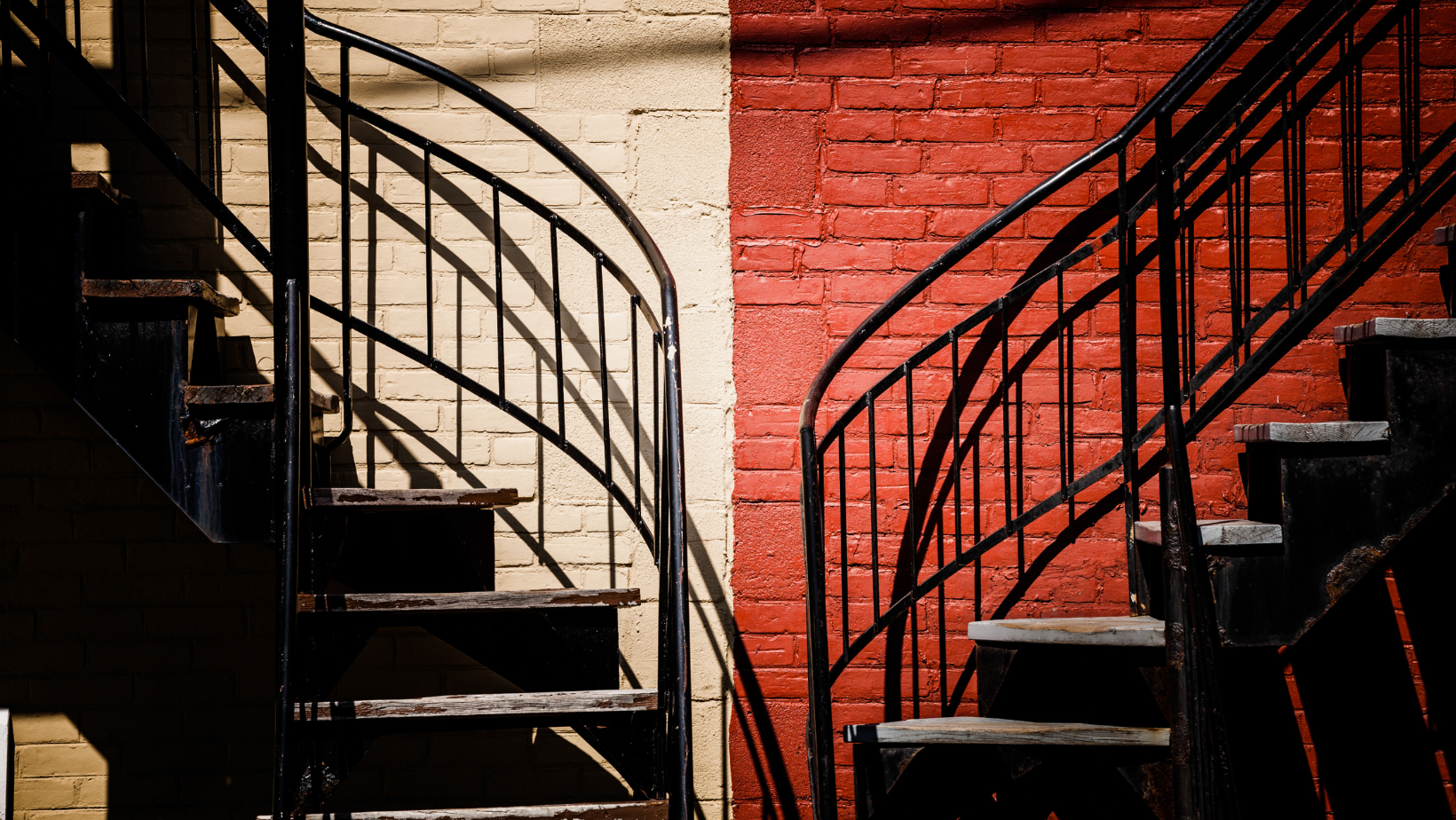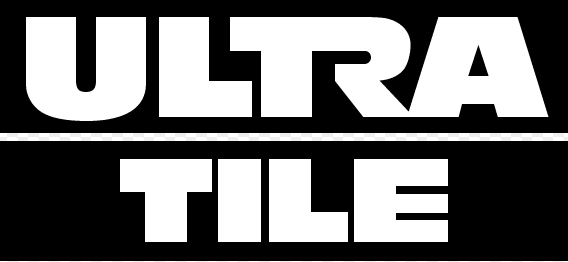On 6th April, Regulation 2 brought into effect a number of provisions of the Building Safety Act 2022. In particular, the regulations provide for the transfer of approved inspectors to become registered building control approvers registered with the Building Safety Regulator (BSR). All private sector businesses that want to do building control work must now be registered by the Building Safety Regulator (BSR) or may be committing a criminal offence which could result in prosecution. 6th April also marked the end of transitional arrangements for higher-risk buildings; buildings over 18 metres or seven storeys with two or more residential units must now fall within the new regulatory regime for higher-risk buildings. The full list of provisions that came into force on 6th April is included in the attached legislation.
The Building Safety Act 2022 was designed in response to the Grenfell Tower fire disaster in 2017, which claimed 72 lives and injured a further 70. Its policies aim to provide residents and homeowners with more rights, powers and protections.
The Government has also published amendments to Approved Document B: Fire Safety Volume 1 – Dwellings and Volume 2 on 29th March. This updated guidance calls for second staircases in all new tall residential buildings over 18 metres.
The Department for Levelling Up, Housing and Communities (DLUHC) has published an additional Q&A document to accompany the previously published Building Circular (published in October 2023 and updated in February 2024) on changes to the building control process for Higher-Risk Buildings (HRBs) and wider changes to procedural building regulations applying to buildings in England.







